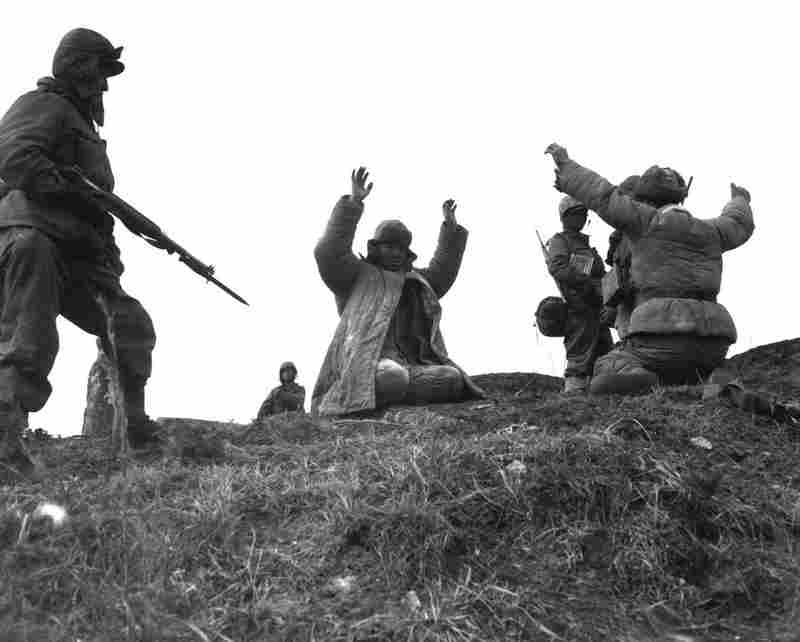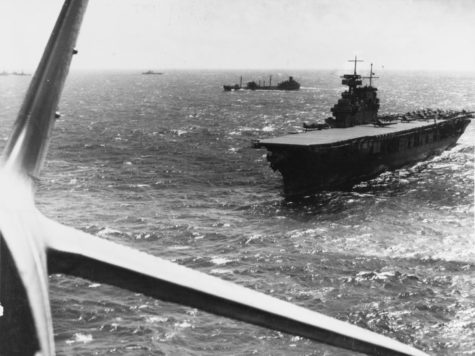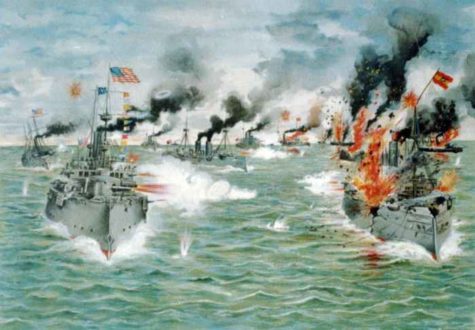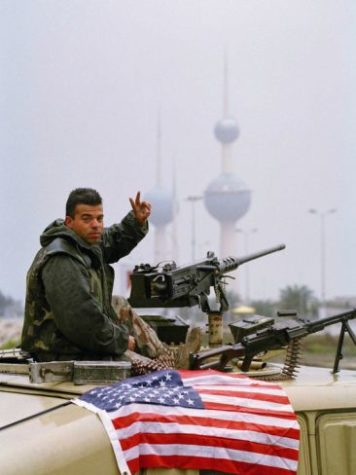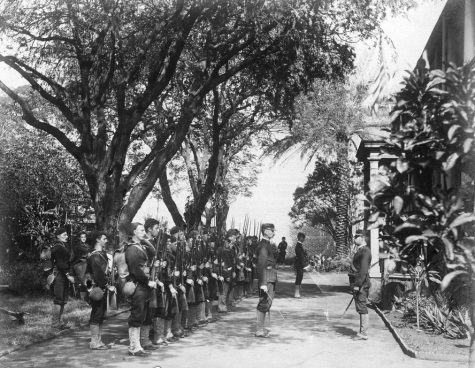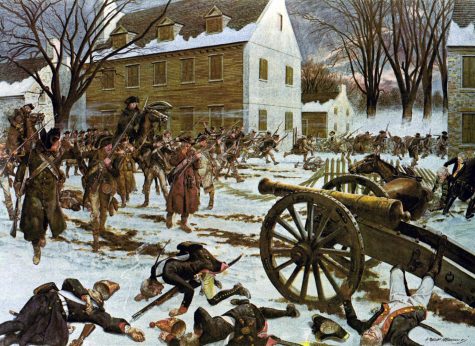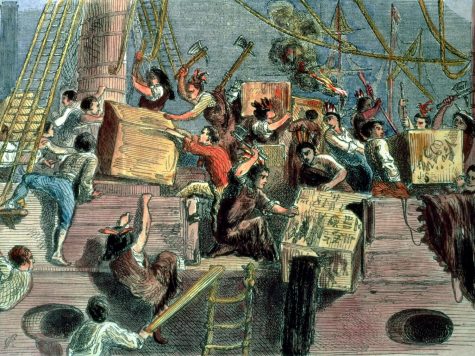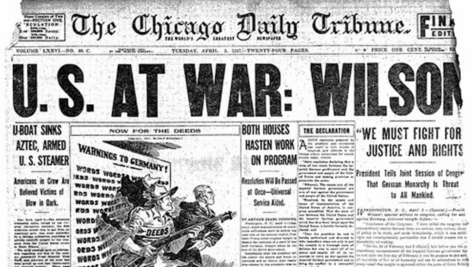Operation Killer and the Korean War
The Korean War is one of the most forgotten but influential wars in the modern era. It strengthened the ties between the United States and its UN allies while also creating the new democracy of South Korea. The war put the United States and UN allies against communist Chinese and North Korean forces.
After a year of fighting, Allied forces had a unique opportunity presented to them. After defeating Chinese forces at the Battle of Chipyong-ni and the third Battle of Wonju, Chinese forces were weak and vulnerable. Seeing this opportunity, U.S. General Matthew Ridgway concocted a plan to destroy the entire Chinese army that was below the Arizona Line. If successful, UN forces could reclaim all lost South Korean territory, and possibly end the war entirely.
The name of this operation would be Killer, a suiting name as it intended to kill the Chinese army in its entirety. This name was unpopular D.C. because officials feared that it would cause media backlash. In the end, Ridgway decided the name would stay.
The plan comprised three different attacks, with two attacks coming from the north and south, and another attack coming from the center. The attacks from the north and south were to block off Chinese forces from retreating, while the center attack would come in and destroy enemy forces trapped inside the pocket.
For the first 20 days of February, U.S. high command put the operation on hold from its original starting date. The cold weather and snow prevented any advance from happening. On the days leading up to February 20, the weather became unseasonably warm. The snow melted rapidly, and the operation was launched. The forces met little resistance when the 9th and 38th Infantry reached the Chuchon River. Crossing the river was a slow process because of the flooding from rapid snow melting. Engineers constructed foot bridges to get the men across and tanks were used to ferry men of the 23rd Infantry across the north bank. They met small opposition against the Allies as a 2,000 man Chinese force was en route to the north, leaving behind all their dead and wounded at the mercy of the Allies. After securing Haanhung-ni, the 9th Infantry sent a battalion eastward along route 20, anticipating an enemy withdrawal.
General Yu, the Chinese commander, sent two regiments across route 20 to break two Chinese divisions out. UN forces, however, ambushed his army near Soksa-ri and was routed, losing 1,000 men.
The 1st Marine Division cleared out Hoe Song with no resistance. By the 5th of March, UN forces captured all the lost territory south of the Arizona Line. However, their aim to destroy the Chinese army was only partially successful. Chinese and North Korean forces lost 8026 men, a detrimental amount compared to the UN’s losses of 208 men. Chinese forces were able to retreat from the Arizona Lines but could never mount a major offensive again.
Operation Killer helped secure South Korean independence, and even though it didn’t end the war, it helped establish UN supremacy in the Korean Peninsula.
Sources


